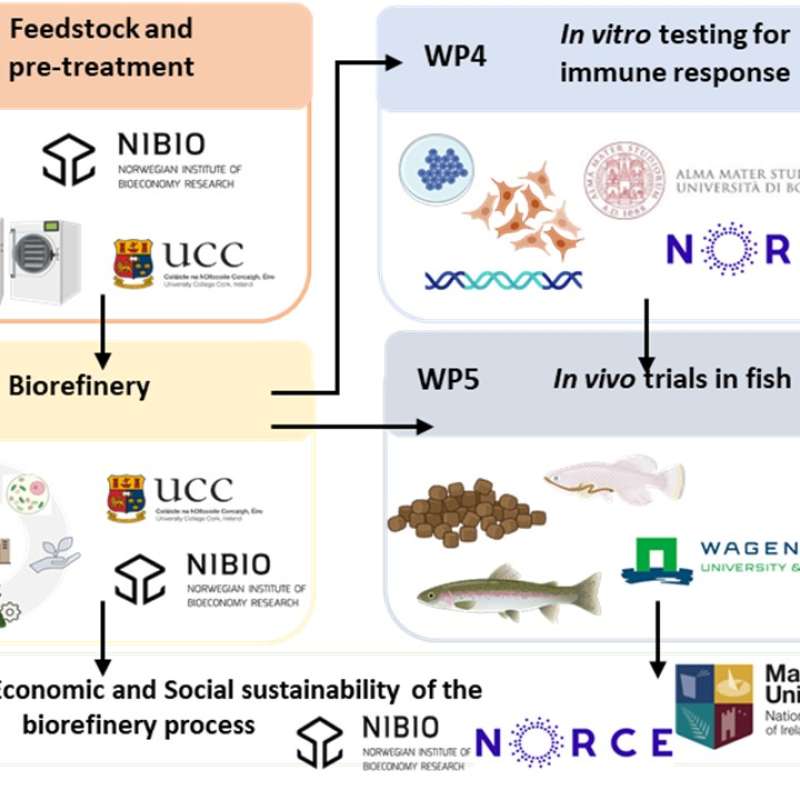Hanne Mæhre
Forsker
(+47) 993 89 778
hanne.maehre@nibio.no
Sted
Bodø
Besøksadresse
Torggården, Kudalsveien 6, NO-8027 Bodø
Sammendrag
Det er ikke registrert sammendrag
Sammendrag
Det er ikke registrert sammendrag
Sammendrag
Det er ikke registrert sammendrag

